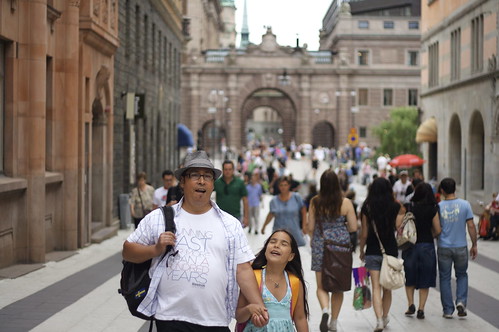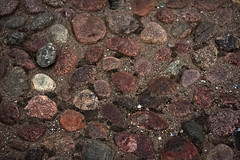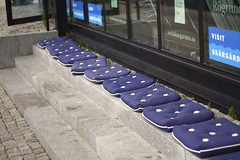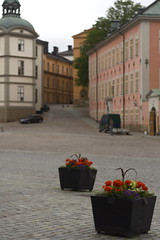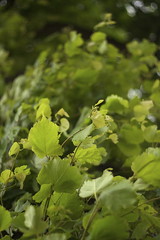
Located in the South of Funen Archipelago, Ærø Island is roughly 30 km and up to 8 km wide. About 6,500-7,000 inhabitants live on the island permanently and about a third of them are 65 years or older. According to the island’s tourist website, they see around 300,000 visitors every year. After an hour-long ferry ride, we arrived at Ærø, where were greeted in the sailboat and yacht filled harbor by the island’s civil planning director. The first sign that this island was serious about environmentally friendly means of transportation were the three Norwegian built electric cars parked near the entrance of the harbor. Apparantly, the island was given a grant by the energy ministry of Denmark to purchase the vehicles and there are plans for more on the way. We were given a tour around the second largest city on the island, Ærøkobing where we learned about the very strict requirements for the buildings on the island. Essentially any renovation that may change the exterior of the structure, from the windows to the front door, must be approved by a committee that attempts to keep the look of each building as it did when it was originally built. Since many of these buildings were built between 1700 and 1900, you can see how this process may be somewhat complex. The result, though, is an absolute fairytale and charming feeling throughout the entire island.
After our walking tour, we were escorted onto a bus waiting to bring us to another side of the island. Along the way we passed through stunning rolling hills and plains of grass, cornfields and strawberry fields. Small cottages and farm houses dotted the countryside. The bus took us to the site of 3 massive wind turbines which provide 65% of the island’s electricity needs throughout most of the year. One of Ærø's energy engineers gave us a brief tour of the turbine. He even took us inside and powered it off by adjusting the pitch of the 30 story tall propellers. What a show! Apparantly, the island is well situated for optimal wind turbine capacity due to the slight level of variation in the island’s height. This pushes the wind upwards and faster over the surface over the island, creating steady breezes in almost every season.
Our last stops on the bus tour took us to two of the three district heating facilities on the island. The first one we visited was a solar water heating plant that provided more than half of one of the city’s hot water and heating needs through very clever means. There were three types of solar heat collectors; one main simple design that was used the most in this facility piped water through narrow tubes and used the ultra violet heat collecting capacity of the color black to heat the water inside to around 80 degrees Celsius. This water was then pumped into a heat exchanger to extract heat from the water, turn it into steam and distribute it throughout the network. Another method used parabolic mirrors angled around a thin tube to produce steam directly from the sun’s rays. While this method is innovative, the island does not see enough direct sunlight for most of the year to be truly cost effective. The final design was similar to the first design except that the entire set-up was enclosed inside a vacuum tube to maximize efficiency (because, ironically, the solar heat collectors work best when they are not super hot).
The final district heating facility we visited used waste wood scraps from the lumber milling industry that they turned into pellets and burned for steam. Another boiler they installed utilized straw grown on the island itself to create steam. For the instances where the demand was too great that the wood boiler and straw boilers couldn’t keep up, they had an oil burning boiler as well. We finished our trip with a visit to the local grocery store for lunch and a stop at the beach before heading back on the ferry to the mainland In all, Ærø was the perfect ending to our stay in Denmark.
-Megan Kirkaldie and Jason Daniel, UC Santa Cruz
-Darwin Moosavi and Debs Schrimmer, UC Davis











